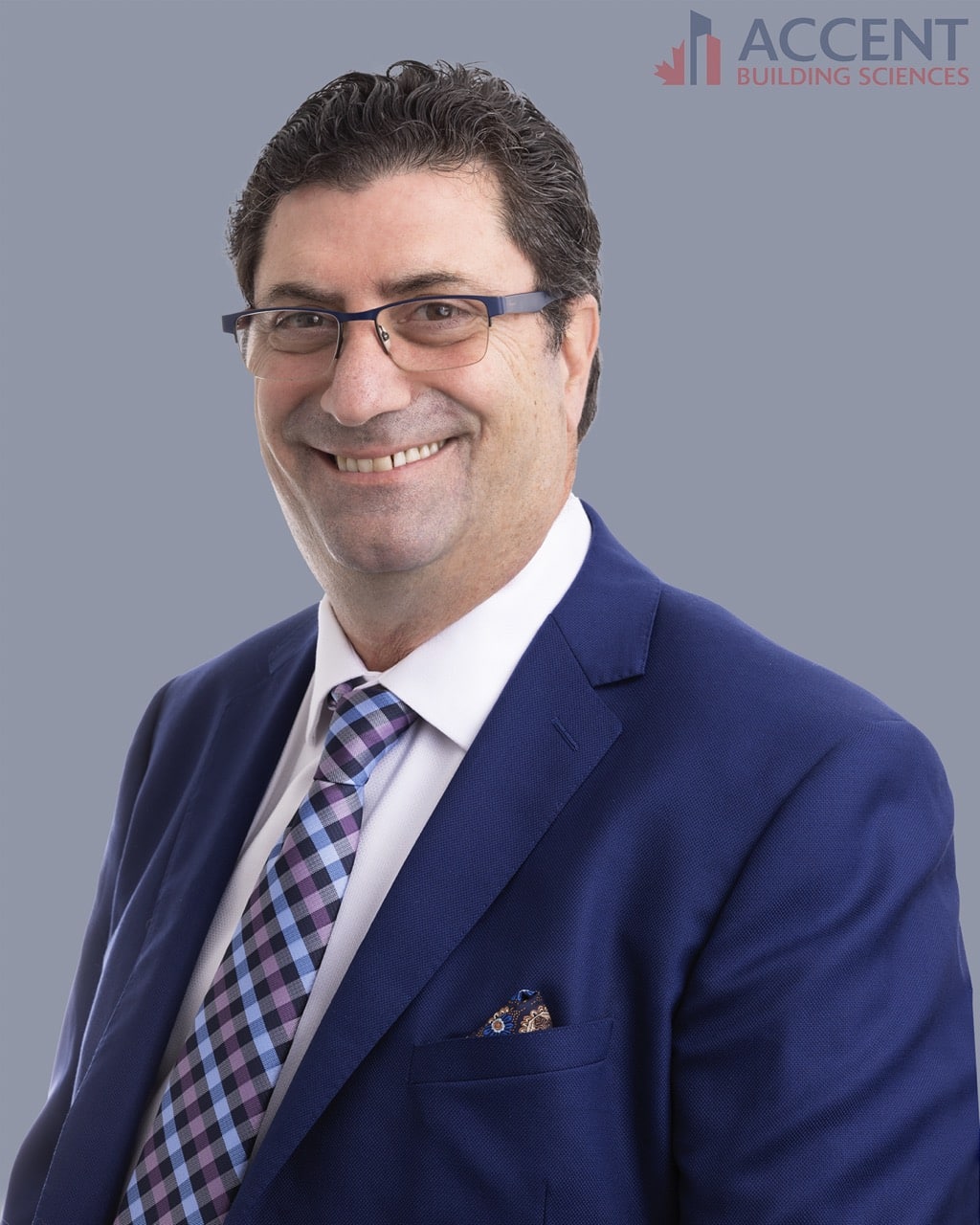500 Hood Road, Suite 320Markham ONL3R 9Z3

Owning a condo in Ontario comes with its own set of financial responsibilities, one of which is understanding the role of reserve funds and reserve fund studies. These aren't just financial jargon; they're essential tools that ensure your condominium corporation is prepared for the future. Let's unravel the complexities together.
Imagine you're setting out on a road trip. You wouldn't just hop in the car without a map, some snacks, and a playlist, right? Similarly, a reserve fund study serves as your essential guide for the financial journey of your condominium corporation. This isn't just a stack of papers; it's a meticulously crafted plan that outlines how to allocate funds for the upkeep of your building's shared spaces — those all-important common elements like the roof, elevators, and even the garden residents love to stroll in.
A well-executed reserve fund study is an owner’s financial shield against life's curveballs. It prevents waking up one day to a hefty special assessment fee for emergency roof repairs, or something similar.

Think of the reserve fund as your condominium's safety net. It's not just a legal requirement in Ontario; it's a financial cushion for major repairs and replacements. Without adequate reserve funds, you could be hit with a special assessment, a one-time charge that no condo owner wants to face.
In Ontario, a condo reserve fund is primarily used for the repair or replacement of common elements. These can range from the roof and elevators to the parking garage and even the swimming pool. The reserve fund ensures that these elements are always in top condition, enhancing the quality of life for all residents.
Common elements are the shared parts of a condominium that all residents use. The reserve fund study provides a timeline for their replacement. For instance, it will specify when the roof is likely to need a major repair and how much it will cost. This way, the condominium corporation can plan and allocate funds accordingly.
Picture this: You're at a café, and the barista offers you two types of coffee. One is a rich, full-bodied brew that's been carefully crafted, and the other is a quick, no-fuss cup of joe. Both serve the purpose of caffeinating you, but the experience and depth of each are worlds apart. The same goes for reserve fund studies.
A comprehensive reserve fund study is the full-bodied brew of financial planning for your condominium corporation. Conducted every three years, this study is a thorough examination of both the financial status and the physical condition of your building. It's the gold standard, offering a detailed roadmap for long-term planning. It scrutinizes everything from the wear and tear on the communal gym equipment to the expected lifespan of the building's HVAC system.
On the flip side, there's the update without a site visit. Think of this as your quick cup of coffee. It's less detailed but still packs a punch when it comes to valuable insights. This type of study is generally an update to the comprehensive study and is often conducted in the intervening years. While it may not involve a physical inspection, it updates the financial projections and gives a snapshot of where things stand.
Your contribution to the reserve fund is part of your monthly condo fees. It's calculated based on the findings of the reserve fund study, which outlines the estimated costs for major repair and replacement projects. The more accurate the study, the less likely you are to face unexpected costs.
A professional reserve analyst is the expert who conducts the reserve fund study. They assess the current condition of common elements, estimate their lifespan, and calculate the costs for future repairs and replacements. Their expertise ensures that the reserve fund is adequately funded and well-managed.
A notice of future funding is a heads-up to condo owners about upcoming major expenses. It's a way for the condominium corporation to keep residents informed and prepared for any financial adjustments that may be needed.
A standard reserve fund study includes a physical analysis of the common elements and a financial analysis of the reserve fund. It also provides a funding plan that outlines how much needs to be contributed to cover future expenses. This comprehensive document is a must-have for every responsible condominium corporation in Ontario.

Understanding reserve funds and reserve fund studies is crucial for every condo owner in Ontario. These tools not only ensure the financial stability of your condominium corporation but also safeguard your investment. By staying informed and actively participating in your condominium's financial planning, you're not just a resident; you're a vital part of a community that's well-prepared for the future.
And there you have it—a comprehensive guide to reserve funds and reserve fund studies in Ontario's condominium corporations. It's not just about understanding the terms; it's about taking an active role in your community's future. After all, knowledge is power, and in this case, it's also peace of mind.

Naji Hassan, a renowned professional in Building Science and Engineering, brings a wealth of knowledge and experience to his field. Educated at Beirut Arab University and Harvard Business School Online, Hassan has honed his expertise in structural and municipal engineering, building science, and business management. As the President of Accent Building Sciences and an experienced Senior Project Manager, he has made significant strides in building envelope engineering, building condition assessments, and energy retrofit programs. His commitment to innovation and excellence is evident in his approach to large-scale project management and his active participation in industry organizations. Hassan is not only a leader in his field but also a prolific writer and thought leader. He regularly shares his insights and experiences through articles on LinkedIn, which can be found at LinkedIn Articles. Additionally, he maintains a blog where he delves deeper into various aspects of building science, accessible at Accent Building Sciences Blog. Outside of his professional pursuits, Hassan enjoys travel, golf, languages, gardening, and music, reflecting his diverse interests and well-rounded character. Naji Hassan's journey in building science and engineering is not just a career but a testament to his lifelong dedication to learning, teaching, and inspiring others in his field.

500 Hood Road, Suite 320Markham ONL3R 9Z3